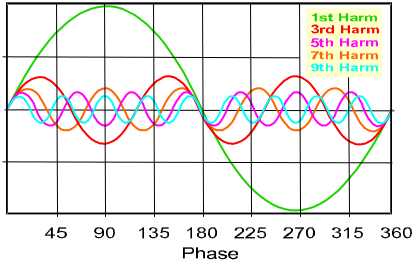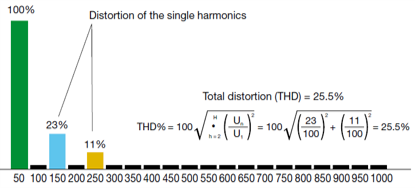

Power factor system is a significant consideration in the electrical design layout of any installation. Its rating, design, and location can significantly impact power losses, voltage drops, peak demand, utilization of transformer and conductor capacity, and utility bills. With many electrical distribution companies adopting KVAH billing scheme from earlier KWH billing, maintaining the right pf (neither leading nor lagging) affects the KVAH unit consumption and reduces electricity bills. Moreover, characteristic of loads used in installation plays a vital part in designing and implementing the right PF solution.
Use of capacitor banks is one the oldest and a standard method used for compensating reactive power for improved power factor. Further advancements in IGBT technologies have resulted in Static Var Generators (SVGs) and Active filtration. Dynamic, fast switching loads and Harmonic generating Non-linear loads requires special attention in designing the right PF solution and optimum switching / Hybrid technologies.
Another significant aspect to be considered in the modern installation is extensive use of harmonic generating Non-linear loads. Depending on the density of such loads, it can cause high current and voltage distortions (THD-I and THD-V) resulting in breakdowns and array of operational problems. Using any capacitor bank in fixed or automatic mode in such installation can further increase RESONANCE issues, resulting in failure at the capacitor bank-level, distribution equipment, and sensitive loads. Such practice of using a capacitor bank without understanding network behavior and characteristics should be avoided.
Under the above circumstances, meaningful PF and harmonic study of installation assume significance. Advanced power quality analyzers carry out the studies at various locations by switching ON and OFF the existing capacitor banks. Harmonic distortion and variation of loads are recorded. Other network information like SLD, transformer ratings, DG ratings, impedances, and the network’s fault level are collected.
The data thus collected is then simulated in advances analytical software to decide the following:
- Rating of PF and Harmonic mitigation solution
- Location of systems
- Type of system like pure RTPFC, Passive Tuned or Detuned, Hybrid with Active filtrationNAAC ENERGY OFFERS COMPREHENSIVE PF AND HARMONIC STUDIES


